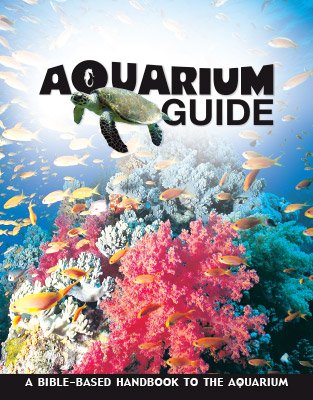Catfish
Design

Many species of this fish can adapt extremely well to their environment. They can endure temperatures of 45–95°F (8–35°C), and can live in waters that are poorly oxygenated. The catfish can also secrete mucus that keeps it from drying out if it finds itself in an evaporating body of water. These abilities to adapt to its changing habitat show the creativity of this creature’s Creator.
Features
- The catfish is named for its prominent barbels, or “whiskers,” which look like cat’s whiskers.
- The catfish has no scales, but has either thick leathery skin or armor.
Fun Facts
- The North African catfish uses its pectoral fins and spines to crawl through shallow waters and across land.
- The catfish possesses strong, hollow, bony spines on the front of its dorsal and pectoral fins, through which a stinging protein can be delivered if the fish is irritated.
- The tiny Candiru catfish of the Amazon River will enter the body of a swimmer and begin to feed on blood and body tissue, sometimes causing death.
CLASS: Actinopterygii (ray-finned fishes)
ORDER: Siluriformes (catfishes)
FAMILY: 35 families
GENUS/SPECIES: About 3,000 species
Size: Varies widely; from 6 in (15 cm) to 10 ft (3 m)
Weight: Varies widely; up to 600 lbs (270 kg)
Habitat: Freshwaters throughout the world
Aquarium Guide
This long-awaited Aquarium Guide includes beautiful pictures and reveals the incredible facts and design features that point to our amazing Creator.
Browse Kids Book- © 2025 Answers in Genesis
- Privacy Policy
- Contact
- About


